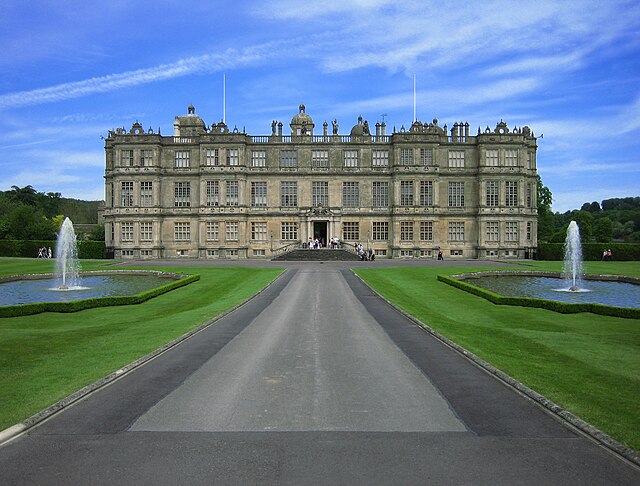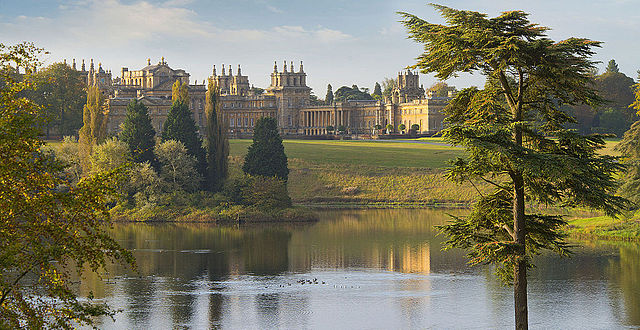Wilton House is an English country house at Wilton near Salisbury in Wiltshire, which has been the country seat of the Earls of Pembroke for over 400 years. It was built on the site of the medieval Wilton Abbey. Following the dissolution of the monasteries, Henry VIII presented Wilton Abbey and its attached estates to William Herbert, 1st Earl of Pembroke. The house is linked by some with the premiere of Shakespeare's As You Like It, and an important literary saloon culture under its occupation by Mary Sidney, wife of the first Earl.
The east front, the entrance front until 1801, contains at its centre all that remains of the exterior of the original Tudor mansion
The south front of Wilton House
First page of As You Like It from the First Folio of Shakespeare's plays, the first performance of the play may have been at Wilton: an out put Mary Sidney's litterary saloon culture at the house
Mary Sidney ran important literary activities from Wilton House in the 16th century
An English country house is a large house or mansion in the English countryside. Such houses were often owned by individuals who also owned a town house. This allowed them to spend time in the country and in the city—hence, for these people, the term distinguished between town and country. However, the term also encompasses houses that were, and often still are, the full-time residence for the landed gentry who dominated rural Britain until the Reform Act 1832. Frequently, the formal business of the counties was transacted in these country houses, having functional antecedents in manor houses.
Belton House is an English country house in Lincolnshire
In the 20th century Longleat House was the first country house to open to the paying public, and also claims the first safari park outside Africa.
Blenheim Palace
Forde Abbey in Dorset. Many country houses have evolved and been extended over several centuries. Here, the architecture runs from Medieval ecclesiastical to Palladian and on to Strawberry Hill Gothic, while at sometime an attempt at unity has been made by the use of crenelation.








